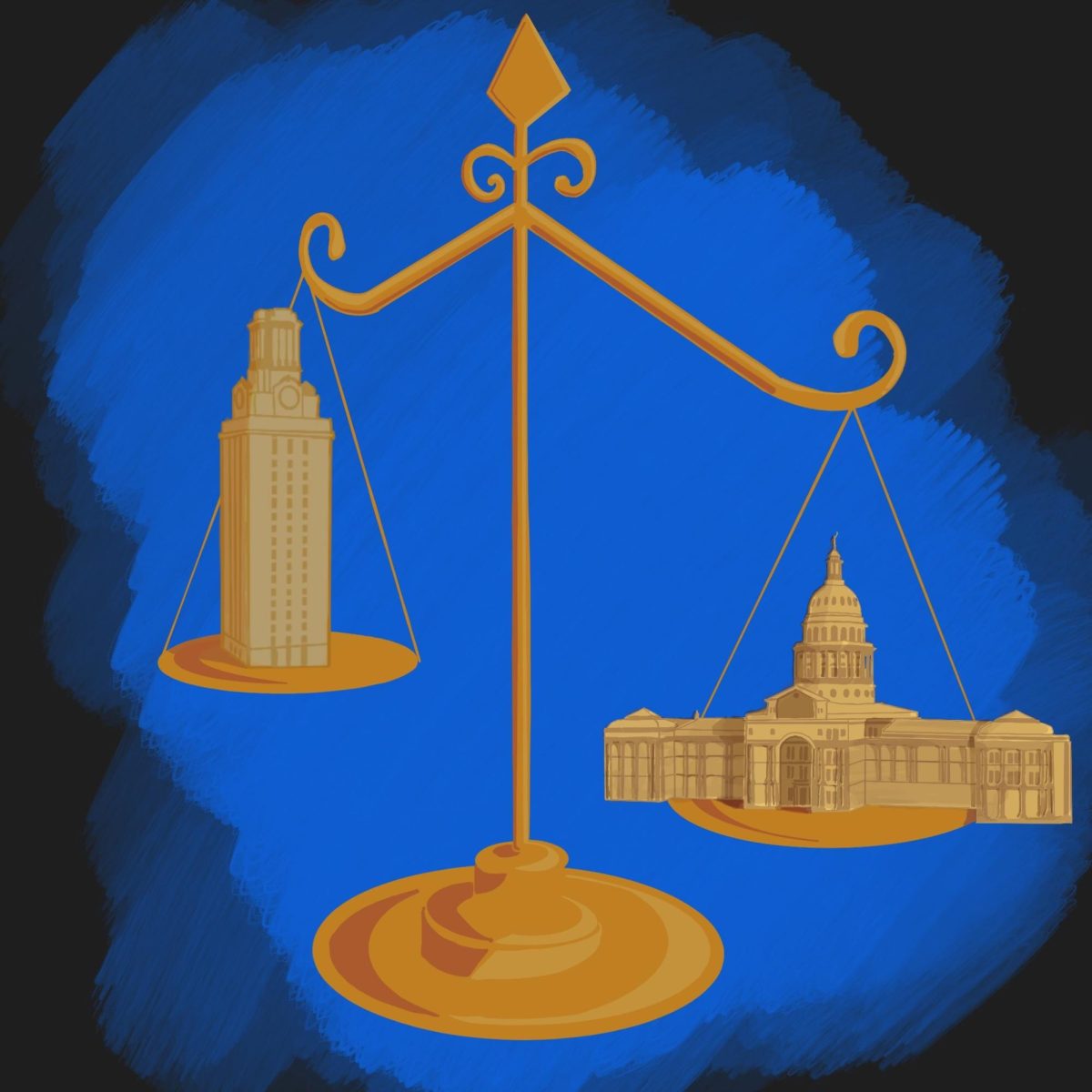Advocacy groups are calling for governments to be more transparent by making broad categories of information more accessible to the public online.
Student research groups in the LBJ School hosted TXGov 2.0, a conference at the Austin Community College Eastview campus over the weekend to highlight issues of transparency in government agencies. The event brought together government officials, advocacy groups, academia and the media.
Before action can happen, there has to be knowledge, said Evan Smith, CEO and editor-in-chief of the Texas Tribune and keynote speaker at the event.
The event was an opportunity for professionals who have a stake in the accessibility of information to collaborate and share what has worked for them.
We took [organizing the event] from the perspective: If we have transparency, how can we get people to use it? How can it be most useful to journalists? How can it be most useful to people in government agencies? said Meredith Whipple, UT public affairs graduate student.
Information could include campaign finance contributions, government agency agendas and meeting minutes, prison inmate information and statistics, and government employee
income information.
We want to get all of that information and make it publicly available, which means that it has to be online and in a format that people, reporters, or citizens or activists of whatever stripes can use, said Nicole Aro, organizing director for the Sunlight Foundation, a nonprofit open-government advocacy group.
The first Gov 2.0 summit, which was held in Washington, D.C. in March 2009, inspired more events around the country as a result of a trend toward collaboration on techniques for making online government information accessible.
The open government movement has reached a critical mass, is very important and its worldwide, said Gregory Foster, web developer for Consumers Union and an organizer for the event.
The Open Government Initiative, issued by President Barack Obama on his first day in office in 2009, created legislation that would require information be made available online and for agencies to set goals and reflect on their progress.
Interested citizens have been able to request specific information from government agencies as a result of the Freedom of Information Act of 1966, but filing such requests is costly, time-consuming and limited.
If that information is, in theory, public, then why not just publish all of it? Aro said. When you have all of this data free and available, its much easier to see where the problems are, and its much more efficient to be able to fix them that way.
Another goal of transparency advocacy groups is to make data accessible. An agency can put information online, but if it is in a PDF format, it isnt searchable. Advocacy groups and the Texas Department of Information Resources work to bridge the information gap on how agencies can improve their online resources.
The website for the city of Manor, Texas, has become a local model of open government by engaging the community with new programs that allow citizens to interface cell phones with needed city repairs or to capture a barcode at a historical site to receive a guided tour.
Everything is in a continuous state of improvement, said Dustin Haisler, chief information officer of Manor and director of government innovation at Spigit, the management software company that redesigned the now award-winning online platform for the city.



















